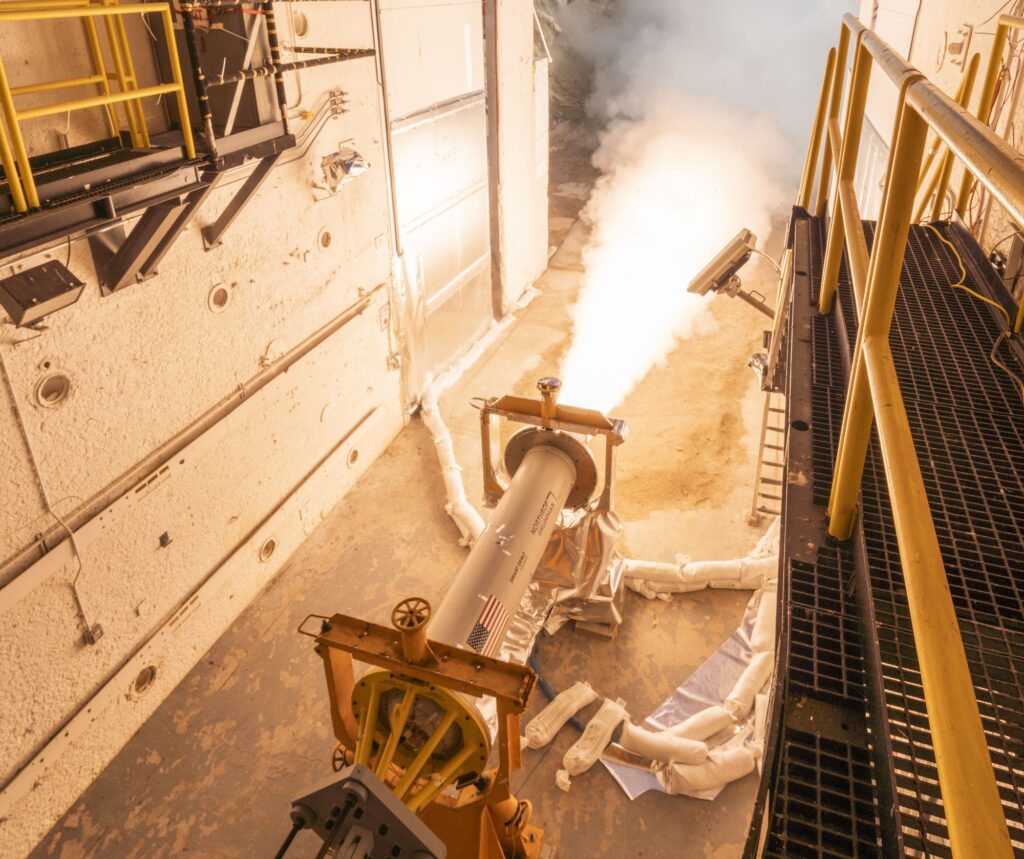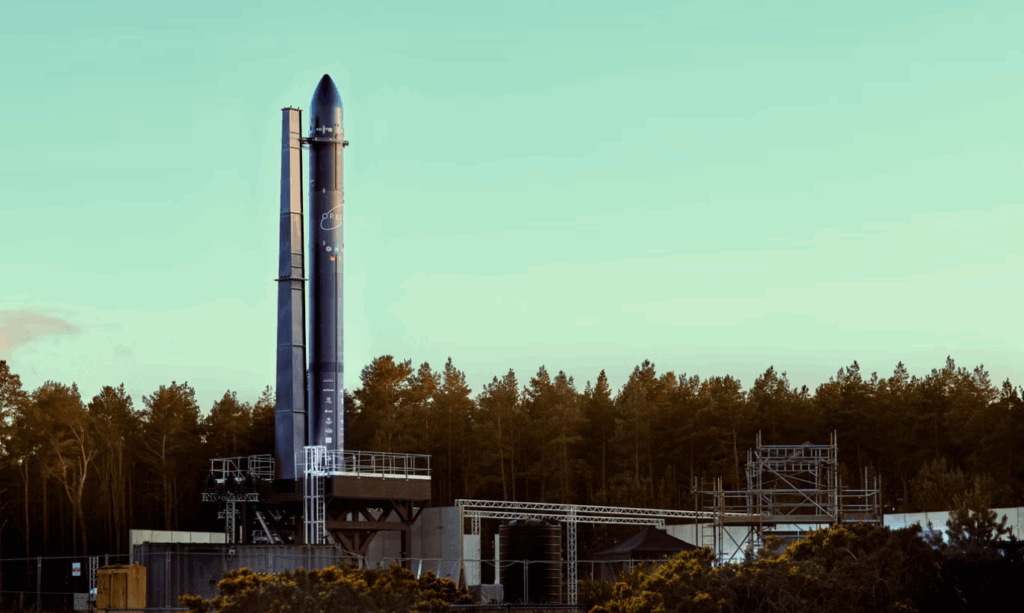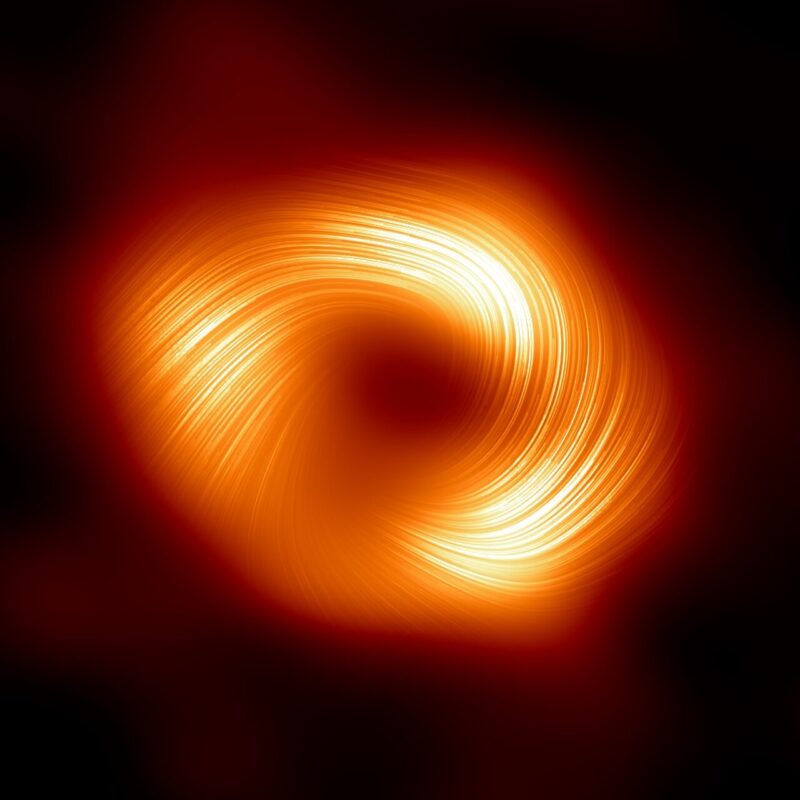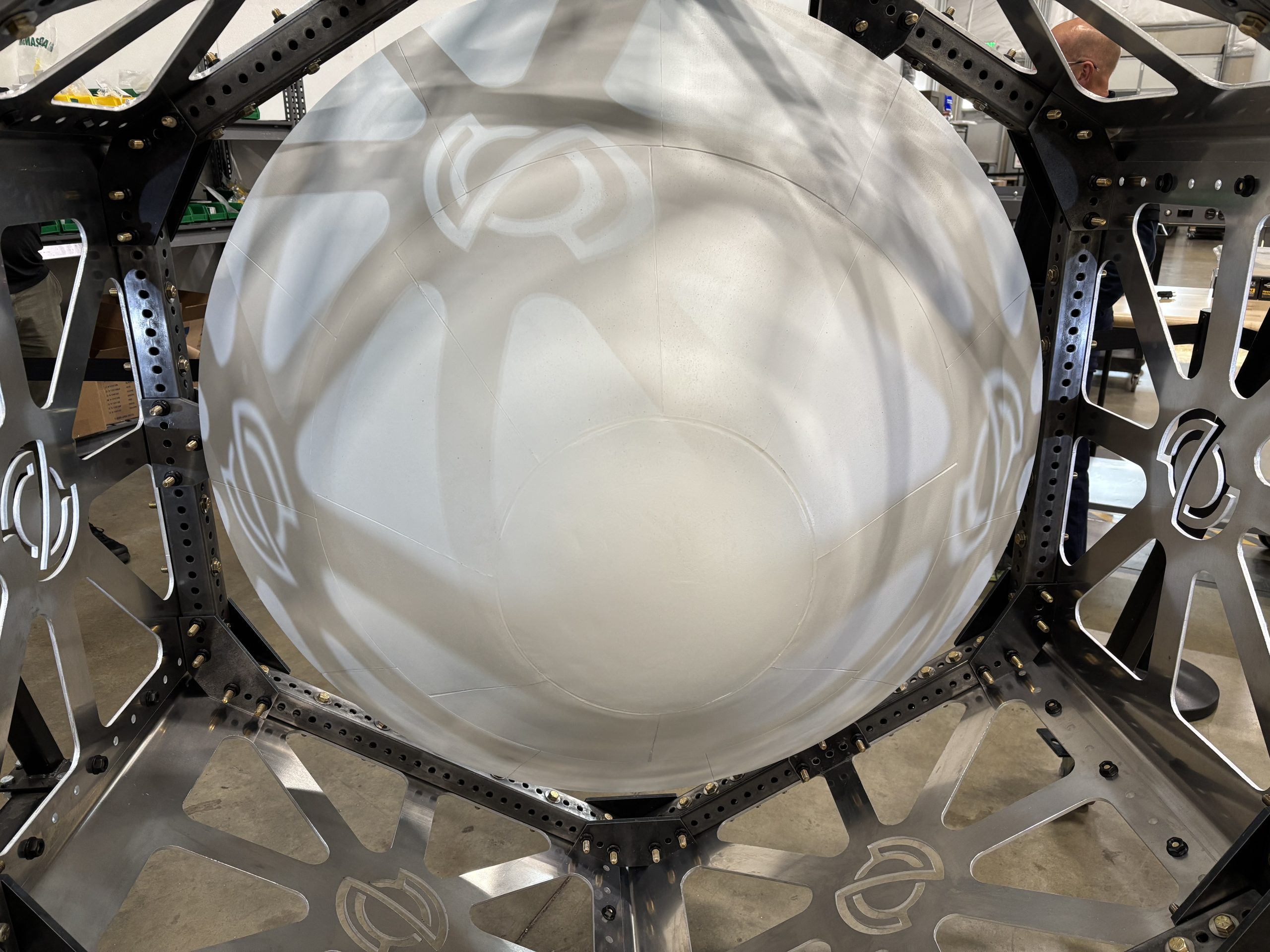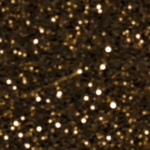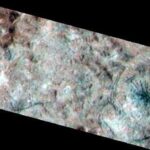Now Reading: ‘Uncontrolled experiment:’ Study links harmful atmospheric metals to spacecraft reentry
-
01
‘Uncontrolled experiment:’ Study links harmful atmospheric metals to spacecraft reentry
‘Uncontrolled experiment:’ Study links harmful atmospheric metals to spacecraft reentry
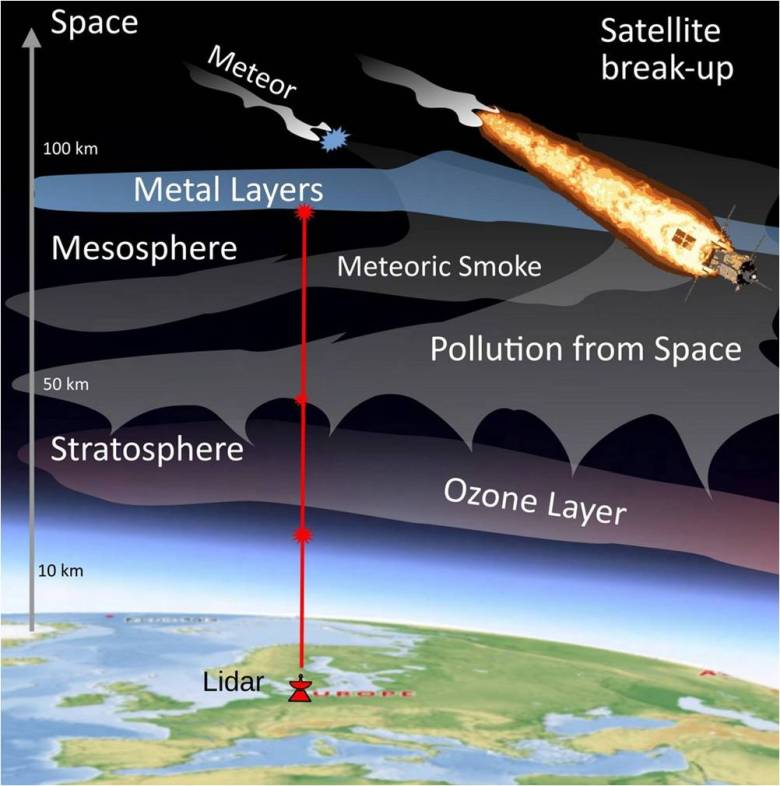
GOLDEN, CO — The surge in megasatellite constellations is creating problems beyond amplifying the Earth-circling space debris, according to new research. Reentering spacecraft and rocket stages may also be damaging Earth’s atmosphere, as well as increasing the risk of space waste hitting the Earth.
New research posted to the preprint database ArXiv finds that “space waste,” spacecraft reentering the atmosphere, injects a considerable amount of its matter into the mesosphere and lower thermosphere — enough to potentially weaken the Earth’s ozone layer. While the study has not yet been peer reviewed or accepted by a journal, it is part of a growing line of inquiry from academics on the atmospheric and environmental effects of increased space activity.
The term space waste is contrasted with orbiting space debris. The researchers define space waste as incoming human-made material and the resulting effects on Earth’s atmosphere.
Led by scientists from Technische Universität Braunschweig’s Institute of Geophysics and Extraterrestrial Physics in Braunschweig, Germany, the study found that reentering “transition metals” — such as titanium and copper, known for their catalytic properties and used in spacecraft and rocket stages — can create “long-term adverse effects on the atmosphere such as ozone depletion, radiative effects and changes in cloud formation, if no action is taken.”
Also, stainless steels and other metallic elements are used in engineered-for-space hardware, such as fuel tanks, electronic assemblies, nozzles and thrusters, actuators, the paper explains. Aluminum is the main element in space waste, and the scientists say its potential impacts are worth studying further.
Growing problem
Leonard Schulz, a researcher at the Technische Universität Braunschweig’s Institute of Geophysics and Extraterrestrial Physics in Braunschweig, Germany said investigations need to understand the scale of the problem. That includes dedicated searches for space waste that survive reentry and impact on Earth.
“The increase in material being injected into Earth’s atmosphere is really unprecedented,” Schulz told SpaceNews. “We now see the first effects of a new era in space activities, the era of large satellite constellations. Research has to really focus on the possible effects these substances can have on the ozone layer,” he said.
Although more work is needed to explore possible effects on the atmosphere in detail, the associated risk is substantial, said Schulz.
According to the paper, the influx of “space waste” mass has more than doubled from 3 tons per year to 7.8 tons per year between 2020 and 2024, whereas it stayed almost constant in the years before, primarily driven by the elements found in spacecraft rather than naturally occurring meteorites. The researchers also found that injection from reentering spacecraft — and the resulting environmental impact — is starting to outweigh that of meteorites.
“This shows that the onset of the large satellite constellation age is the driving factor of the increased space waste reentry into the atmosphere,” reads the paper, which has been submitted to the journal Advances in Space Research.
“Allowing this uncontrolled experiment on our atmosphere to continue is inadvisable,” Schulz said. “We should work to decrease the mass input into the atmosphere now, while retaining the ability to continue the utilization and exploration of space.
Schulz advised that scientists and industry should cooperate to find ways to balance these goals.
“One first step is to share data, for example on the composition of spacecraft. While some members of industry have helped us immensely by sharing such data, many are not willing to do so,” Schulz said.
Lithium linked to space pollution
Schulz also took part in another study that focused on the uncontrolled reentry of a SpaceX Falcon 9 upper stage earlier this year.
That study, also yet to be peer-reviewed and published in a journal but shared online as a preprint, was led by Robin Wing of the Leibniz Institute of Atmospheric Physics at the University of Rostock in Kühlungsborn, Germany, who measured upper atmospheric pollution resulting from space debris reentry. This study centered on a SpaceX Falcon 9 upper stage re-entering Earth’s atmosphere on Feb. 19 of this year, producing an eye-catching fireball as the stage disintegrated over Central Europe. The event yielded debris fragments, including a fuel tank, that were recovered near the Polish city of Poznań. It created a visible fireball and a persistent high-altitude plume of lithium vapor, enough so that the plume was detectable over northern Germany.
The researchers focused on lithium because it’s considered an effective tracer of space debris pollution and an element commonly used in aerospace. They also demonstrated that the ablation of space debris through controlled or uncontrolled reentry can be detected with ground-based lidar equipment.

The lidar observation of a transient, high-density lithium plume high over Kühlungsborn, Germany, — which included the timing, altitude and back trajectory analysis of the plume — provided “strong evidence” to link the event to the Falcon 9 upper stage, according to the paper.
“This finding supports growing concerns that space traffic may pollute the upper atmosphere in ways not yet fully understood,” Wing and his coauthors concluded in the paper. “Continued growth in satellite launches and re-entries may lead to cumulative effects, with implications for long-term atmospheric composition and climate interactions.”
Long-term observations
Wing told SpaceNews that construction of a new multi-metal space debris lidar is underway. This system will be operational this winter.
The new lidar will allow researchers to track the ratio of lithium, sodium yielded by meteoric material and a third channel to survey all elemental abundances in the mesosphere, said Wing. “We hope that by making long-term observations of lithium/sodium ratios that we can determine how much of an impact reentering space debris has on the atmosphere.”
In addition, the survey channel will allow scientists to make a first systematic study of all other metals in the mesosphere. “Some are predominantly natural,” Wing said, “but others, like copper, titanium, aluminum, could be strongly tied to the space industry.”
Realistic concern
It is difficult to make a definitive comment about the implications for the planet, Wing added.
“Simply put, we don’t know enough yet. Much more research is needed. However, I would say that there is a realistic concern for the chemistry of the middle atmosphere,” Wing said, “particularly the ozone layer, with the introduction of so many materials and elements which are not naturally occurring in the atmosphere.”
There is not only the impact of pollution from reentering rocket and satellite parts, but also the strong impact of rocket exhaust required to get into orbit.
“The injection of water vapor, fuel, debris and other elements associated with rocket launches could become a significant concern if current launch trends continue,” Wing said.
Stay Informed With the Latest & Most Important News
Previous Post
Next Post
-
 012024 in Review: Highlights from NASA in Silicon Valley
012024 in Review: Highlights from NASA in Silicon Valley -
 02Panasonic Leica Summilux DG 15mm f/1.7 ASPH review
02Panasonic Leica Summilux DG 15mm f/1.7 ASPH review -
 03How New NASA, India Earth Satellite NISAR Will See Earth
03How New NASA, India Earth Satellite NISAR Will See Earth -
 04And Thus Begins A New Year For Life On Earth
04And Thus Begins A New Year For Life On Earth -
 05Astronomy Activation Ambassadors: A New Era
05Astronomy Activation Ambassadors: A New Era -
06SpaceX launch surge helps set new global launch record in 2024
-
 07From Polymerization-Enabled Folding and Assembly to Chemical Evolution: Key Processes for Emergence of Functional Polymers in the Origin of Life
07From Polymerization-Enabled Folding and Assembly to Chemical Evolution: Key Processes for Emergence of Functional Polymers in the Origin of Life












